Topic: COMPUTATIONAL DESIGN: NEXT 3.0
Time: 23rd & 24th January 2021, Saturday and Sunday
Day 1 Starts: 23rd Jan, 12:00 GMT
Day 1 Ends: 23rd Jan, 18:15 GMT
Day 2 Starts: 24th Jan, 12:00 GMT
Day 2 Ends: 24th Jan, 20:45 GMT
Where: ClickMeeting platform, hosted by PA
Duration: Two Days Conference
Format: Online
Total Hours: 14.5 Hours
Speakers: Arturo Tedeschi, Hamid Hassanzadeh, Michael Pryor, Sushant Verma + 10 other guests
Collaborators: PA, A>T, DesignMorphine, rat[LAB]EDUCATION
Early-bird Registration: €48 (Till 11:59 GMT, 15th December 2020) (Closed)
General Registration: €65 (Till 11:59 GMT, 20th January 2020)
Contact us at: [email protected]
THE PAST, PRESENT & FUTURE: An Online Interactive Conference with global frontiers.
Two-Day Online Conference with Live Presentations, Tutorials, Interactive Sessions, Live Mentorship & Panel Discussions.
A collaborative initiative by ParametricArchitecture (PA) with rat[LAB]EDUCATION, DesignMorphine, A>T
Computational Design: NEXT is a collaborative initiative by some of the global frontiers of Computational Design to open up an Online Learning platform as a comprehensive ONLINE CONFERENCE comprising of discussions, dialogues, tutorials and mentorship to a global audience through thought-provoking and meaningful dialogues curated by ParametricArchitecture (PA), one of the leading media platforms focussing on Computational Design and its various subsets.
The first iteration of the online conference NEXT 1.0 took place on 13-14 June 2020 and brought forth all collaborators on a single platform in a power-packed 2-day dialogue with live tutorials and mentorship for designers for immersive learning and knowledge-building experience.
NEXT 2.0 took the next step, taking cues from the inaugural conference and expanded to bring forth collaborative workshops, guest lectures on Advanced Computational Design, a showcase of inter-disciplinary approaches by renowned experts, and personal interactions through panel discussions revolving around Emerging Technologies in Design.
The 2-day knowledge-rich conference took place on 26-27 Sept 2020 and had renowned experts for Guest Lectures and Tutorials, including Refik Anadol, Anouk Wipprecht, Michail Desyllas (AI Build), iheartblob, Justin Hattendorf (nTopology), Hamid Hassanzadeh (ParametricArchitecture) & Zeynep Topal (ZETZDEZIGN). Arturo Tedeschi (A>T), Michael Pryor (DesignMorphine), and Sushant Verma (rat[LAB]EDUCATION) demonstrated a collaborative workshop to design a Soccer Stadium through multiple techniques of computational overlaps.
Each tutor shall build upon the program based on rational decision-making aided by computational tools, right from seating design, sightline optimization, structural skin design, environmental design integration, panelisation, etc., as a part of an integrated and collaborative process.
Computational Design: NEXT 3.0 takes another step to delve into new-age design technologies by global advocates of technology and is scheduled to take place on 23-24 January 2021 (Saturday & Sunday) as a 2-day conference with workshops panel discussions, tech demonstrations, and discussions.
When:
23rd & 24th January 2021 (Saturday & Sunday)
Where:
ClickMeeting platform, hosted by PA
Programme Outline for Computational Design: NEXT 3.0
Day 01: Saturday, 23rd January 2021
[Time Zone: GMT]
All sessions/tracks are led by the following panelists unless specified otherwise:
– Hamid Hassanzadeh (Turkey/Iran) – Founder & Editor in Chief, Parametric Architecture)
– Sushant Verma (India) – Co-founder & Design Head, rat[LAB] Studio
– Arturo Tedeschi (Italy) – Founder Architect & Computational Designer, A>T
– Michael Pryor (USA) – Design Director & Computational Designer, DesignMorphine
Welcome Note & Set-up
12:00 PM – 12:15 PM GMT
Track 01:
Introduction to NEXT 3.0: Setting Up Conference Theme & Context (Individual Presentation)
12:15 – 13:15 GMT
Duration – 60 Minutes
- The future of computational design in all industries: Arturo Tedeschi
- Implementation of computational tools in large scale projects: Sushant Verma
- To what extent the coding and computational design help designers: Michael Pryor
- The emergence of Virtual Reality in architecture: Hamid Hassanzadeh
Guest Speaker 1: Volkan Alkanoglu (Lecture + Q&A)
13:15 – 14:15 GMT
Duration – 60 Minutes
- A presentation of works by Volkan Alkanoglu showcasing a journey of integration of technology in design.
- Showcase of works
- Q&A + Interaction with Moderator
Guest Workshop 1: Cherylene Shangpliang – Maya + Enscape
14:15 – 15:45 GMT
Duration – 90 Minutes
– Demonstrative Workshop on Coding / Computational Design / Generative Design by Cherylene Shanpliang.
Break time for 15 minutes.
Track 02:
Guest Speaker 2: Moritz Waldemeyer (Lecture + Q&A)
16:00 – 16:45 GMT
Duration – 45 Minutes
– Philosophy of playful experimentations by forging links between technology, art, fashion, and design
Guest Speaker 3: Ján Pernecký – Subdigital (Lecture + Q&A)
16:45 – 17:30 GMT
Duration – 45 Minutes
- Embracing the power of computation to create architecture, design, and art. Subdigital produces sophisticated material objects that embody their clients’ vision.
- Showcase of works
- Q&A + Interaction with Moderator
Guest Workshop 2: Daniel Caven – Grasshopper 3D
17:30 – 19:00 GMT
Duration – 90 Minutes
– Demonstrative Workshop on 3D Modeling design with Grasshopper 3D by Daniel Caven.
Guest Speaker 4: Niccolo Casas (Lecture + Q&A)
19:00 PM – 19:45 GMT
Duration – 45 Minutes
- The emergence of digital technologies and additive manufacturing in architecture and Fashion
- The intersection of architecture, art, and science via the application of emergent digital technologies and additive manufacturing.
- Showcase of works
- Q&A + Interaction with Moderator
End of Day 1: Endnote By Hamid Hassanzadeh
19:45 – 20:00 GMT
Duration – 15 minutes
Day 2: Sunday, 24th January 2021
[Time Zone: GMT]
All sessions/tracks are led by the following panelists unless specified otherwise:
– Hamid Hassanzadeh (Turkey/Iran) – Founder & Editor in Chief, ParametricArchitecture)
– Sushant Verma (India) – Co-founder & Design Head, rat[LAB] Studio
– Arturo Tedeschi (Italy) – Founder Architect & Computational Designer, A>T
– Michael Pryor (USA) – Design Director & Computational Designer, DesignMorphine
Welcome Note & Set-up
12:00 PM – 12:15 PM GMT
Track 3:
Collaborative Workshop (Michael Pryor + Sushant Verma) – Bridge Design – Using Grasshopper3d + MAYA
12:15 – 13:45 GMT
Duration – 90 Minutes
Michael Pryor & Sushant Verma would run a collaborative cross-platform workshop that shuffles Computational Design methods from one technique to another, integrating to build a Bridge through multiple techniques of computational overlaps. Each tutor shall build upon the program based on rational decision-making aided by computational tools, right from seating design, sightline optimization, structural skin design, environmental design integration, panelization, etc., as a part of an integrated and collaborative process. Real-time collaboration between the tutors and workshop participants would be demonstrated to design a complex bridge using computational design methods. Taking cues from multi-scalar workshops taught in NEXT 1.0 and NEXT 2.0, this workshop transcends into new spatial experimentation for designers.
Guest Speaker 5: Aldo Sollazzo – Noumena (Lecture + Q&A)
13:45 – 14:30 GMT
Duration – 45 Minutes
- Implementing innovative solutions in the fields of Robotics, 3D printing, and Wearable Tech.
- Showcase of works
- Q&A + Interaction with Moderator
Guest Speaker 6: ILLUSORR Demo – Walkthrough
14:30 – 15:15 GMT
Duration – 45 Minutes
- Implementing innovative solutions in the fields of Virtual Reality
- What is ILLUSORR
- Q&A + Interaction with Moderator
Break time for 15 minutes.
Track 4:
Guest Workshop 3: James Dalessandro – Grasshopper 3D (Plug-ins)
15:30 – 17:00 GMT
Duration – 90 Minutes
– Data-Driven Strip Morphologies and Computational Pen Plotting.
Guest Speaker 7: Valentina Sumini – Space Architecture (Lecture + Q&A)
17:00 – 17:45 GMT
Duration – 45 Minutes
- The invention of new computational design methods for multi-performance habitats, soft-robotic prosthetics to enhance mobility and dexterity in microgravity, and construction techniques using in-situ resources
- Q&A + Interaction with Moderator
Guest Speaker 8: Joseph Sarafian – FormFoundDesign (Lecture + Q&A)
17:45 – 18:30 GMT
Duration – 45 Minutes
- A presentation of works by Joseph Sarrafian showcasing a journey of integration of technology in design and fabrication.
- Q&A + Interaction with Moderator
End of Day 2: Vote of thanks by organizers & speakers
18:30 – 18:45 GMT
Duration – 15 Minutes
Guest Speakers for Computational Design: NEXT 3.0:
Volkan Alkanoglu
Our master lecturer at CD NEXT 3.0 conference. Hailing from Portland with a multitude of skills, he is an exceptional designer whose imaginative work focuses on the pursuit of novel form through spatial, material and technological explorations. He will be a part of Computational Design: NEXT 3.0 as well.
Recent work has been permanently installed in several institutions within the United States, including Clemson University, Boston – Clippership Wharf, the University of Maryland in Baltimore, Yeshiva Museum in New York, Fort Lauderdale International Airport, the University of Oregon in Eugene, Salt Lake Community College, Georgia Institute of Technology in Atlanta, U.S. Cellular Center in Cedar Rapids, Washington Metropolitan Police Training Facility, Fort Lewis College in Durango and the University of Colorado in Denver.
As an educator, Volkan Alkanoglu previously served as the Director for Graduate Studies at the Georgia Institute of Technology in Atlanta, design faculty at SCI-Arc in Los Angeles, and lecturer at the Harvard University Graduate School of Design in Cambridge.
Volkan Alkanoglu is a LEED Accredited Professional in the US and is currently commissioned on a range of projects in California, Colorado, Iowa, Maryland, and Texas.
Niccolo Casas
Italian architect and professor Niccolo Casas is Principal and Founder at Niccolo Casas Architecture, a visiting faculty member at RISD Rhode Island School of Design, and a Ph.D. candidate at The Bartlett UCL London. He runs a multidisciplinary practice for research and architecture that aims to combine several fields of specialization so as to offer an innovative and unique vision of the academic discipline and profession.
Casas’s work spans from architecture to couture and fashion-tech, and from design to data visualisation and medicine. He has collaborated with—among others— the fashion designer Iris Van Herpen, the fashion-tech designer Anouk Wipprecht, the entertainment company Cirque du Soleil, the automotive companies Volkswagen and BMW, the multinational software and electronic corporations Intel and Autodesk, the 3D-printing companies Materialise and 3D Systems, the MIT research team EmbrLabs and the sport firm Sequoia. He has also participated in the National Academy Keck Futures Initiative (NAKFI) where, as co-investigator, he was awarded $150,000 for interdisciplinary projects at the intersection of science, art, engineering and medicine.
Casas received his Master’s in Architecture at ISA St. Luc in Bruxelles, and for four years he has been Professor at the Accademia di Belle Arti in Bologna. In 2013, 2018, and 2019 he was a visiting professor at Texas A&M School of Architecture. In addition, he has taught and lectured at the Università degli Studi di Genova, Università degli Studi di Firenze, London South Bank University, The Bartlett School of Architecture at University College of London, Portsmouth University, Florida International University, and SCI-Arc.
Casas’ work has been exhibited worldwide and it is part of the “(En)Coding Architecture” book, edited by Liss C. Werner, “Naturalis- ing Architecture”, edited by Professor Frédéric Migayrou and Marie-Ange Brayer, the Wiley AD issue “3D Body Architecture”, edited by Neil Leach and Behnaz Farahi, “Histoire des Modes et du Vêtement, du Moyen Âge au XXIe siècle”, edited by Denis Bruna and Chloé Demey, and the recently released “The Blindspot Initiative: Design Resistance and Alternative Modes of Practice”, edited by Jose Sanchez. Tune into Computational Design: NEXT 3.0 now!
Ján Pernecký
Specializes in generative and parametric architecture and design, software development and creation of interactive art installations. He graduated from FA SUT (2007), and AFAD (2008), Slovakia and studied at Arkitekturskolan KTH (2003), Sweden, Die Angewandte (2011), Austria and UMPRUM (2019), Czechia.
He established the rese arch research platform, has organized dozens of conferences, workshops, and lectures across Europe. He was the creator of the Slovak and Czech pavilion at 13th exhibition of architecture at La Biennale di Venezia (2012). He runs the global learning platform called rese arch Sessions which is used by universities and professionals worldwide.
He is active in the international scene of the industry; teaches architecture, parametric design and programming at several universities and independent events; lectures and publishes works about theory of architecture. He co-founded the Subdigital creative studio (2016), whose team applies knowledge and skills gained from experimental and academic projects.
Cherylene Shangpliang
Cherylene M. Shangpliang to teach as a guest tutor at the CD NEXT 3.0 conference. Cherylene is an architect and designer holding a M.Arch degree in Architecture and Urbanism from the Architectural Association Design Research Lab (AADRL) in London and a B.Arch degree in Architecture from BMS College of Architecture, Bangalore, India.
Tune into an insightful workshop at Computational Design: NEXT 3.0.
Cherylene has gained professional experience at international office MAD Architects in Beijing, China. Cherylene is passionate about the computational strategies of communicating concepts in architectural design. Her areas of interest lie in design of complex geometries, parametric modelling and generative design.
Aldo Sollazzo
Aldo Sollazzo is a technologist, with expertise in robotics, manufacturing, and computational design. Since 2011, Aldo is the Director of Noumena ,leading a multidisciplinary team towards the definition of new design strategies informed by tech-driven applications. He is also the Director of Reshape – digital craft community, a distributed platform promoting
cutting-edge ideas merging design and manufacturing.
At IaaC, Institute for Advanced Architecture of Catalonia, he is directing the Master in Robotics and Advanced Construction, focused on the emerging design and market opportunities arising from novel robotic and advanced manufacturing systems. In the same institution, Aldo is also directing the Global Summer School since 2015.
Aldo has been part of the Fab Academy program as a mentor of Fab Academy Paris and Frosinone from 2015 to 2017. In 2019 Aldo received, from the Italian President of the Republic, the title of Knight of the Order of the Star of Italy for the promotion of national prestige abroad as a recognition of his scientific and technological activities.
Joseph Sarafian
Joseph Sarafian, AIA is co-founder and CEO of Form Found Design, a Los Angeles-based architecture and design studio that operates at the intersection of technology and nature. He believes that innovative design requires both an experimentation and therefore mastery of both material and technology. His work bridges this gap, exploring advancements in robotics, material science, and form-finding. The result is an architecture that is derived rather than contrived.
Along with his partner Ron Culver, they pioneered a new concrete-forming method to realize the world’s first robotically-cast concrete pavilion harnessing fabric molds. This proof of concept was built for Amazon and featured 70 uniquely cast concrete “wishbones” that were assembled within a 1 mm tolerance. FFD is currently designing a humanitarian housing solution using an on-demand mobile factory for light gauge steel frame construction. Joseph is a licensed architect in California and tenure track faculty at Orange Coast College.
Valentina Sumini
Valentina Sumini, PhD, is Space Architect and Research Affiliate at MIT Media Lab in Responsive Environments and Space Exploration Initiative, and Visiting Professor at Politecnico di Milano, where she teaches the course “Architecture for Human Space Exploration” at the School of Architecture, Urban Planning and Construction Engineering. She develops design solutions and architectures to sustain human life in extreme environments on Earth and enable human space exploration in Low Earth Orbit, on the Moon and Mars. Her passion in advancing human performance during deep space exploration missions dates back to 2009 when she designed a hotel on the lunar surface for democratizing the access to space to tourists.
Over the years she developed at MIT and MIT Media Lab more in depths studies that she applied to different scenarios and award winning competitions projects, mainly organized by international space agencies: a Space Hotel orbiting in Low Earth Orbit around Earth (NASA RASC-AL Competition 2017), a city on Mars and its generative design model (Mars City Design Competition 2017 ), a greenhouse on Mars (NASA Big Idea Challenge 2019), an ice extraction system for Mars (NASA RASC-AL Competition 2018), a Moon Village (European Space Agency), a soft robotic exoskeleton for enhancing astronaut movements and performance in microgravity and a pavilion, the Tidmarsh Living Observatory Portal (NASA TRISH), to reconnect astronauts with nature during long duration missions.
Valentina’s work has been featured among others in MIT News, Harvard Design Magazine, the Wall Street Journal, Forbes, WIRED, Structure Magazine, IAC, IASS, CHI and AIAA proceedings and TEDx Talks. She is Vice Chair of the ASCE Earth and Space Technical Committee (American Society of Civil Engineers), member of Space Generation Advisory Council and reviewer for American Society of Civil Engineers of Practice Periodical on Structural Design and Construction. Tune into Computational Design: NEXT 3.0 to know about the reach of computational design even in Space!
James Dalessandro
James Dalessandro is a computational designer located in the Boston, MA area. He is the Co-Founder and Director at Emergent Design, a design technology company focused on delivering computational solutions for complex design goals in the fields of architecture, design, and engineering.
Moritz Waldemeyer
Moritz Waldemeyer is an internationally renowned artist based in London. His work occupies a diverse range of creative spaces, from art and product design through to fashion and entertainment. In 2004 he made his debut into the design world with an interactive chandelier for Swarovski and Ron Arad. Following his early collaborative work for the likes of Hussein Chalayan and Zaha Hadid, Moritz soon established himself as an independent artist. He held his first two exhibitions in 2006 and 2007 and he participated in MoMA’s Design & the Elastic Mind exhibition in 2008. In 2013 his lighting product ‘My New Flame’, developed for Ingo Maurer, was unveiled as part of MoMA’s permanent collection.
Studio Moritz Waldemeyer, founded in 2004, was built on a philosophy of playful experimentation by forging links between technology, art, fashion and design. This approach has resulted in a number of bespoke installations for Audi, Bombay Sapphire and Microsoft, as well as light-studded costumes for the likes of U2, Rihanna, and the London Olympics Handover Ceremony performers. Moritz acts as head creative in everything the studio undertakes, crafting his signature aesthetic into each piece.
ILLUSORR Team
ILLUSORR is the world’s first design-oriented virtual platform. Doing what has never been done before by providing an immersive experience that is completely conceived, planned, and executed by creatives with ‘design’ as a main priority. The extended reality sector is currently dominated by the aerospace, defense, gaming, movie and entertainment, healthcare, and tourism industries. Designers need to lead this exponential growth of VR and design the future virtual worlds.
The platform ILLUSORR is providing will introduce the world to the latest frontiers of design, and provide a completely immersive experience that will include; fashion shows, exhibitions, showrooms, virtual stores, workshops, competitions, talks, and even concerts! It is a platform that will allow virtual gatherings and interactions, using uniquely designed avatars, and moving beyond the 2d-webcam configuration that has become custom.
Daniel Caven
Daniel Caven is an experimental designer and architect whose ideas are based on exploring parametric and generative design and encompassing ideas of energy, nature, and fluidity. Working in highly distinguished offices all over the United States. Daniel’s advanced skills in emerging systems and technologies have allowed him to be emergent in cutting-edge technologies and fabrication specialties through the means of 3D printing, scripting, and high-level digital technologies.
Daniel has been featured/published around the world for projects, research, animations, and competitions throughout his career. In his professional career, Daniel has worked on many different high profile projects, such as the Astana World’s Expo, the world’s first freeform 3D printed house in Chattanooga, TN, the world’s first 3D-printed office in Dubai, and finally, many different high rises and mega tall towers overseas.
Witness insightful sessions, knowledgeable workshops, and stalwart design thinkers all at Computational Design: NEXT 3.0!
Topic: COMPUTATIONAL DESIGN: NEXT 3.0
Time: 23rd & 24th January 2021, Saturday and Sunday
Day 1 Starts: 23rd Jan, 12:00 GMT
Day 1 Ends: 23rd Jan, 18:15 GMT
Day 2 Starts: 24th Jan, 12:00 GMT
Day 2 Ends: 24th Jan, 20:45 GMT
Where: ClickMeeting platform, hosted by PA
Duration: Two Days Conference
Format: Online
Total Hours: 14.5 Hours
Speakers: Arturo Tedeschi, Hamid Hassanzadeh, Michael Pryor, Sushant Verma + 10 other guests
Collaborators: PA, A>T, DesignMorphine, rat[LAB]EDUCATION
Early-bird Registration: €48 (Till 11:59 GMT, 15th December 2020) (Closed)
General Registration: €65 (Till 11:59 GMT, 20th January 2020)
Contact us at: [email protected]




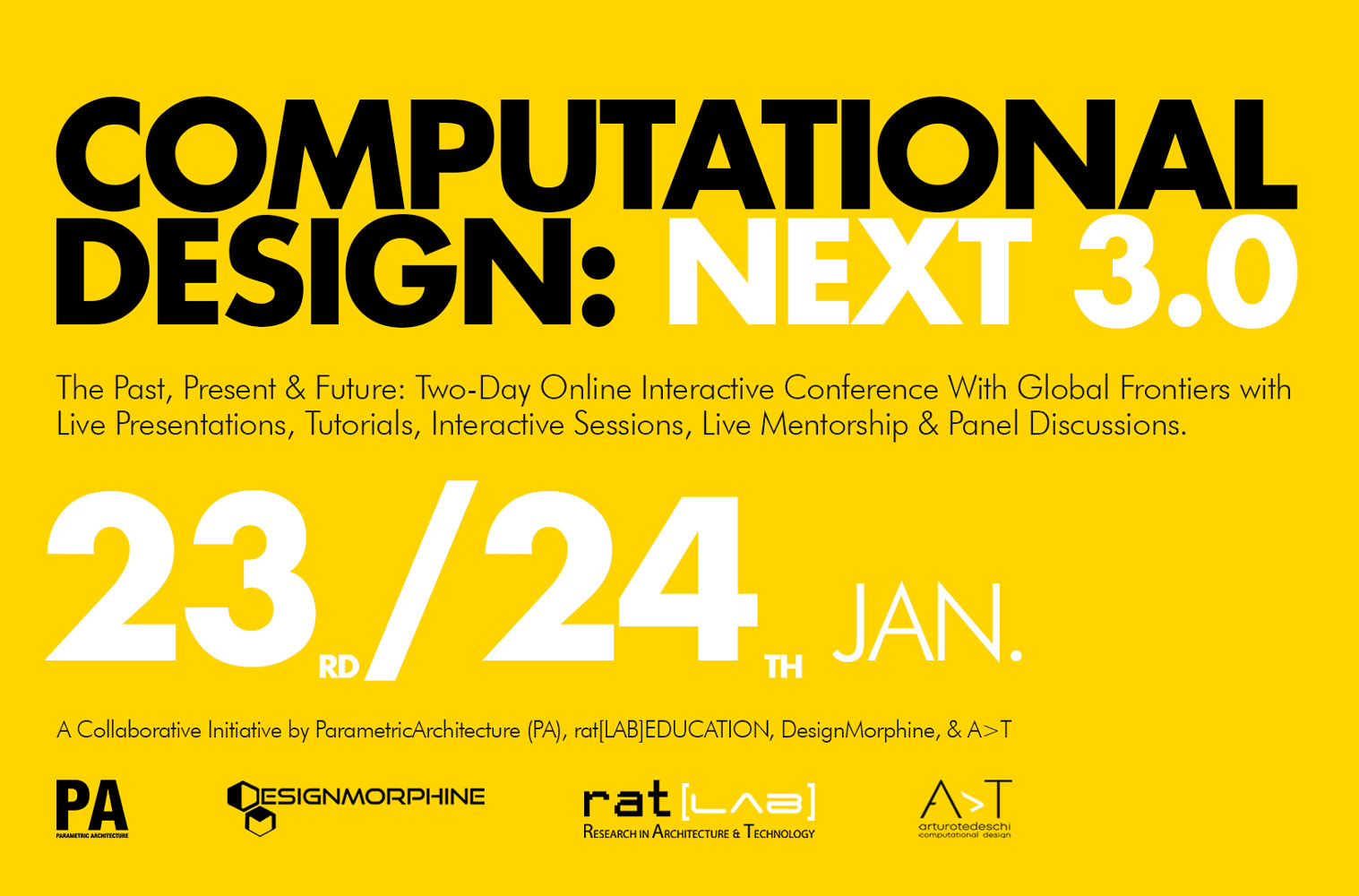
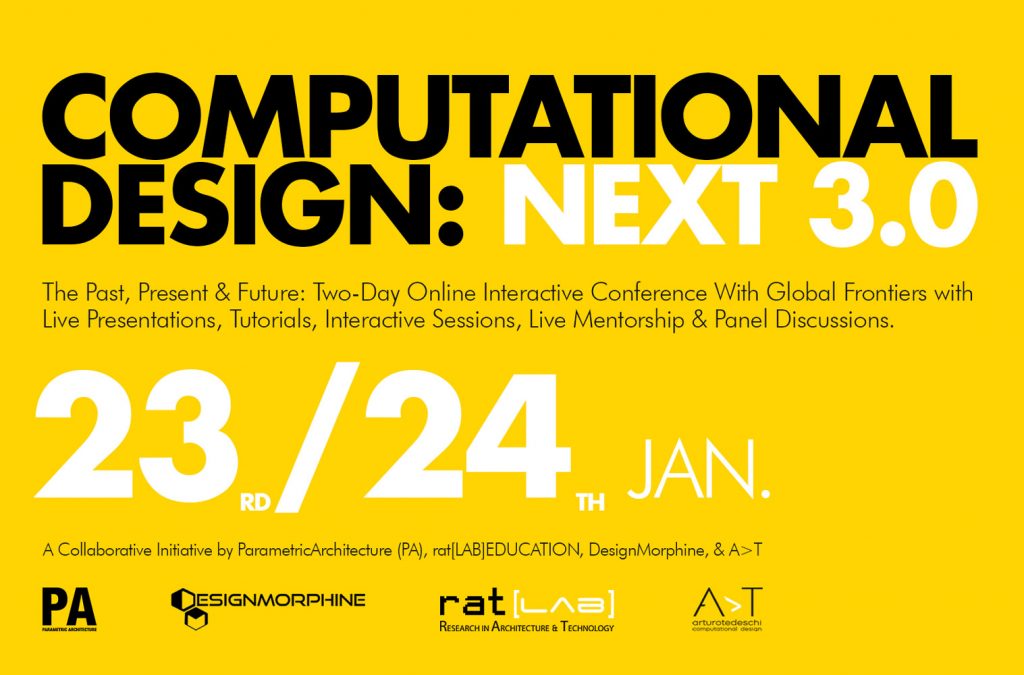
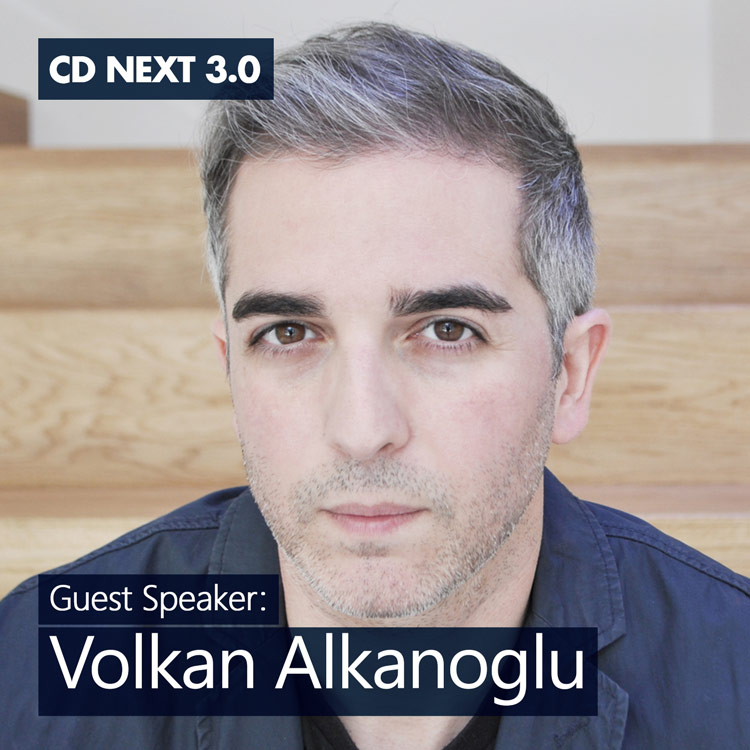

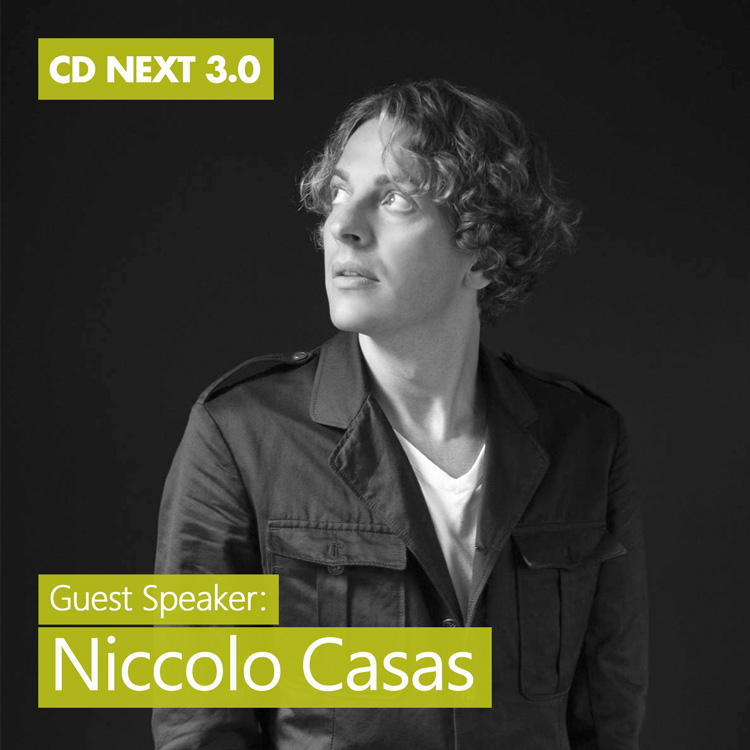
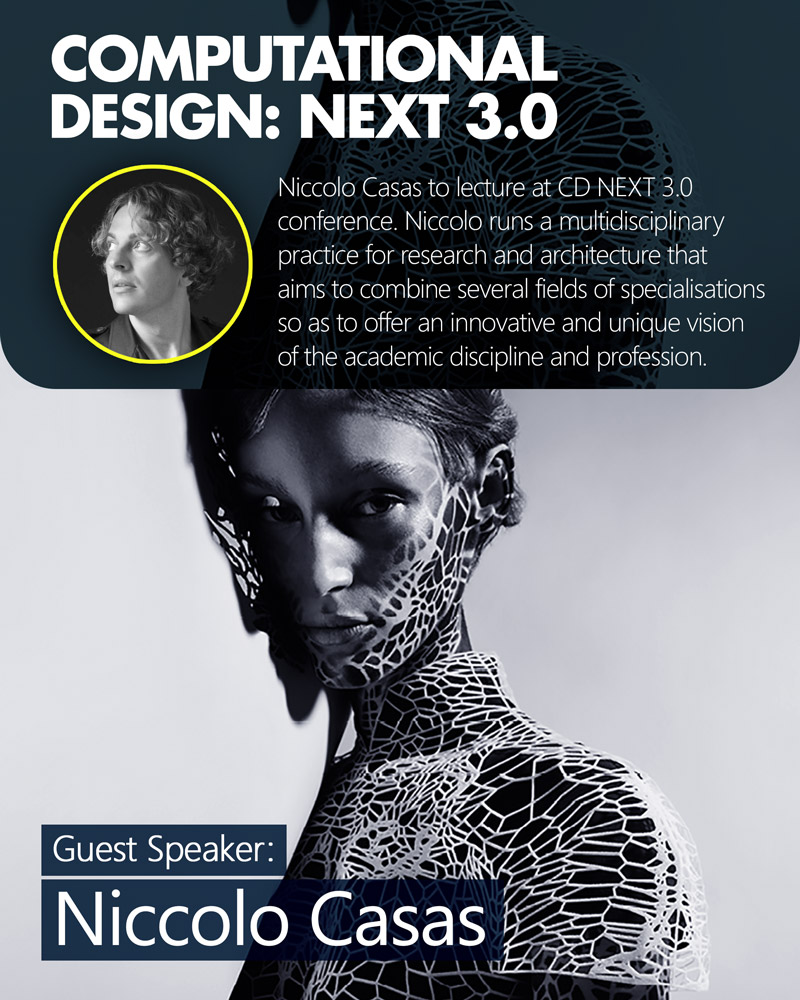
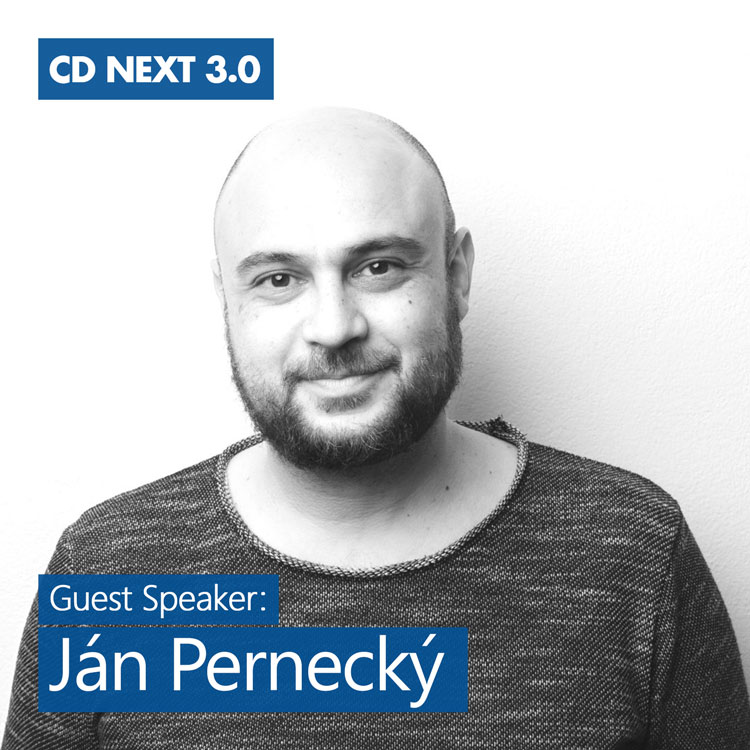
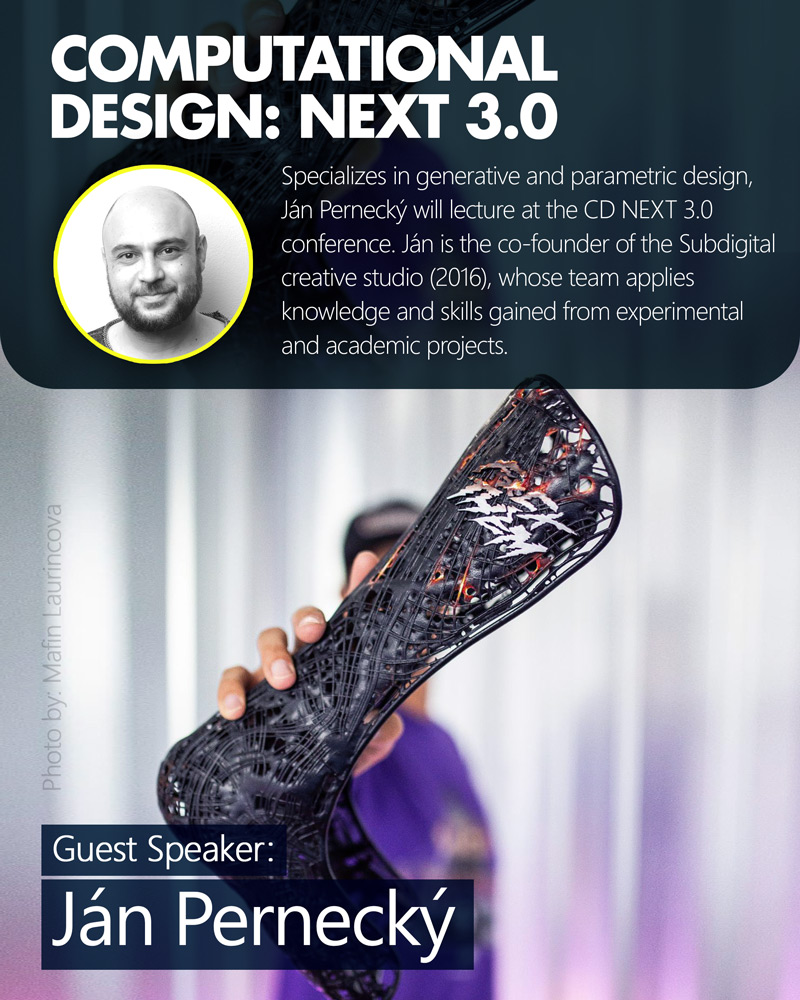
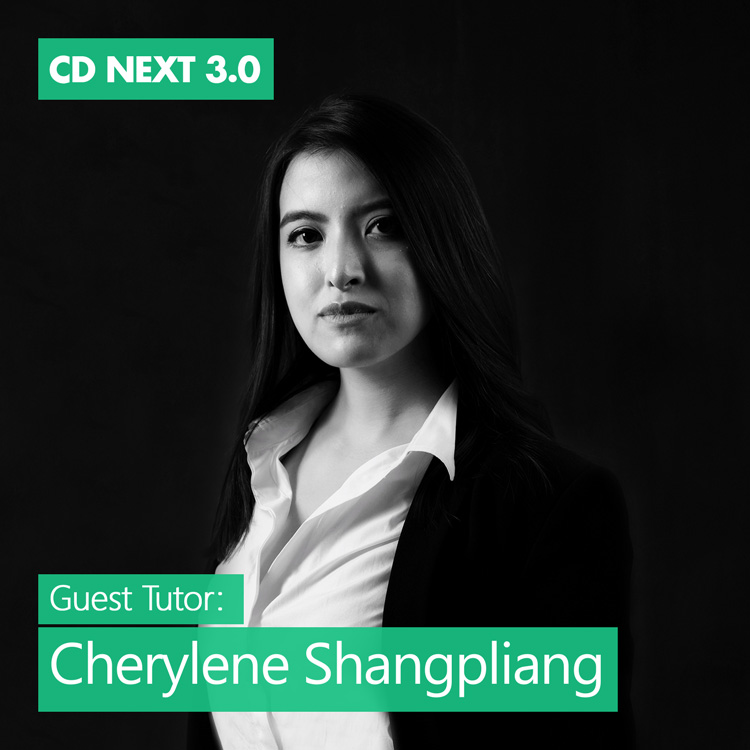

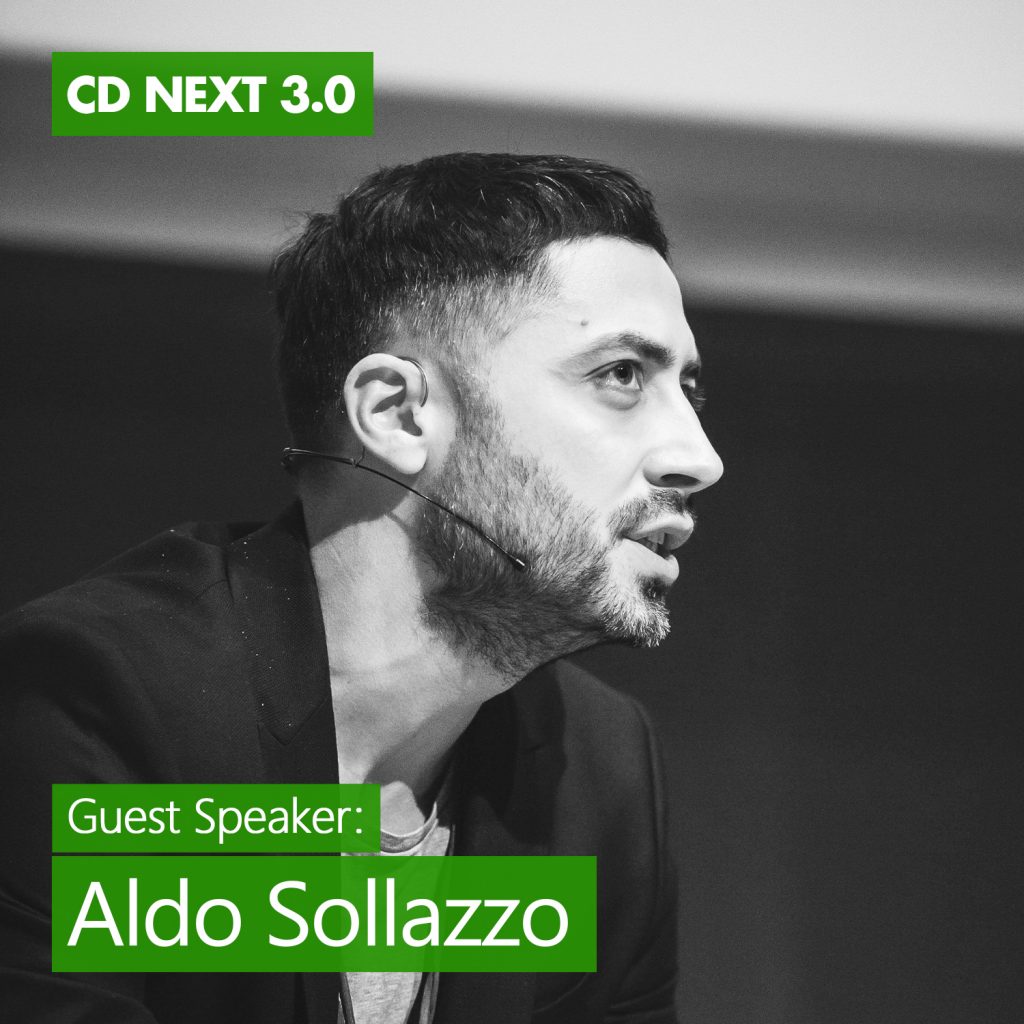

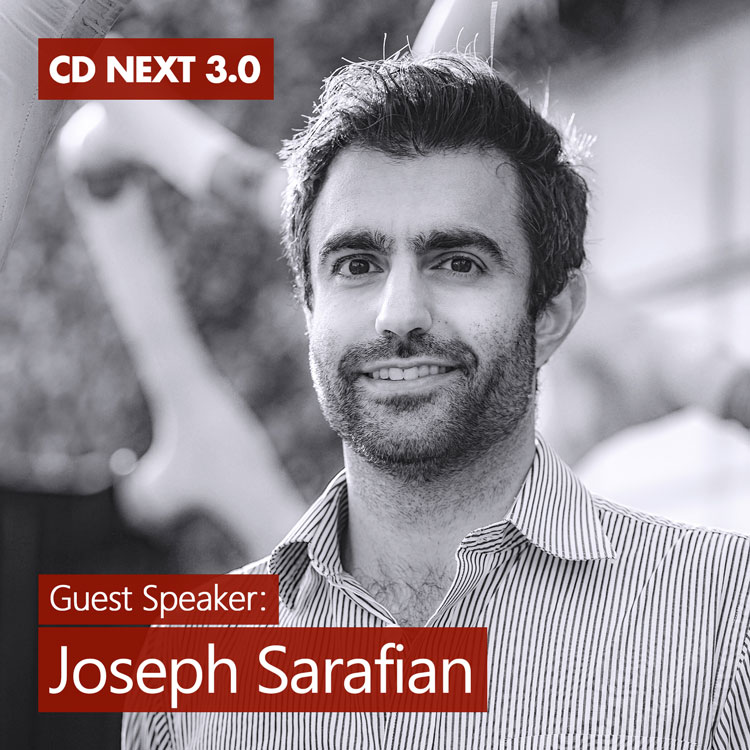
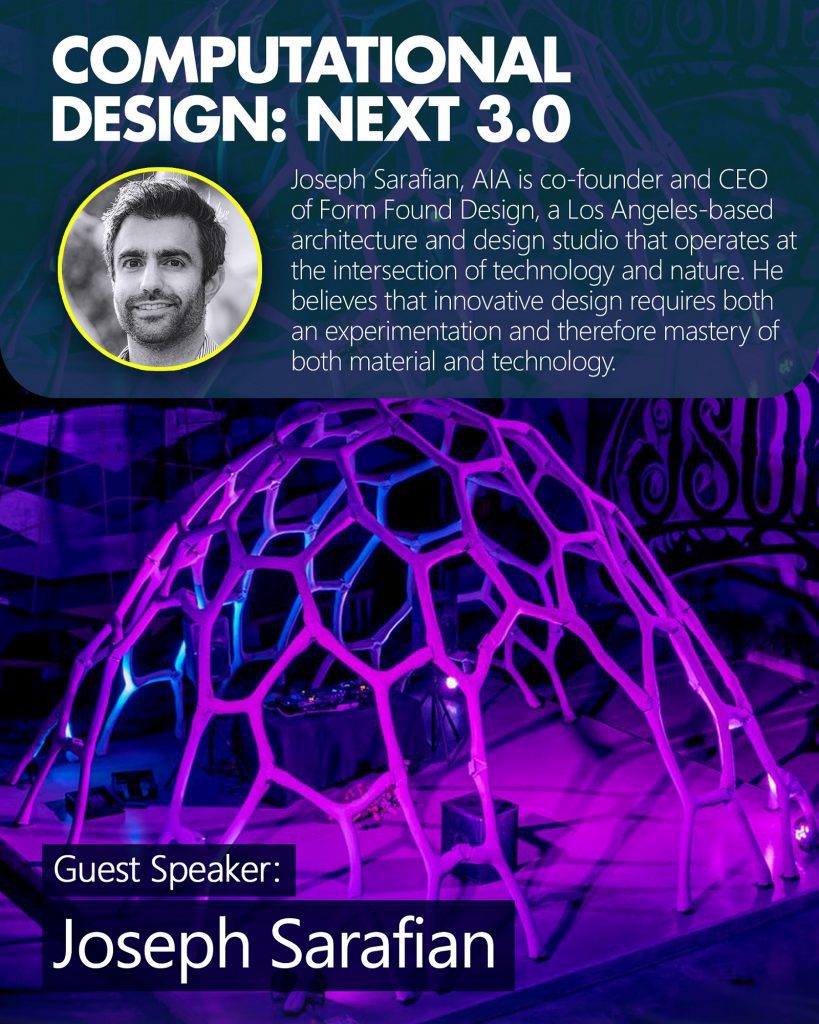
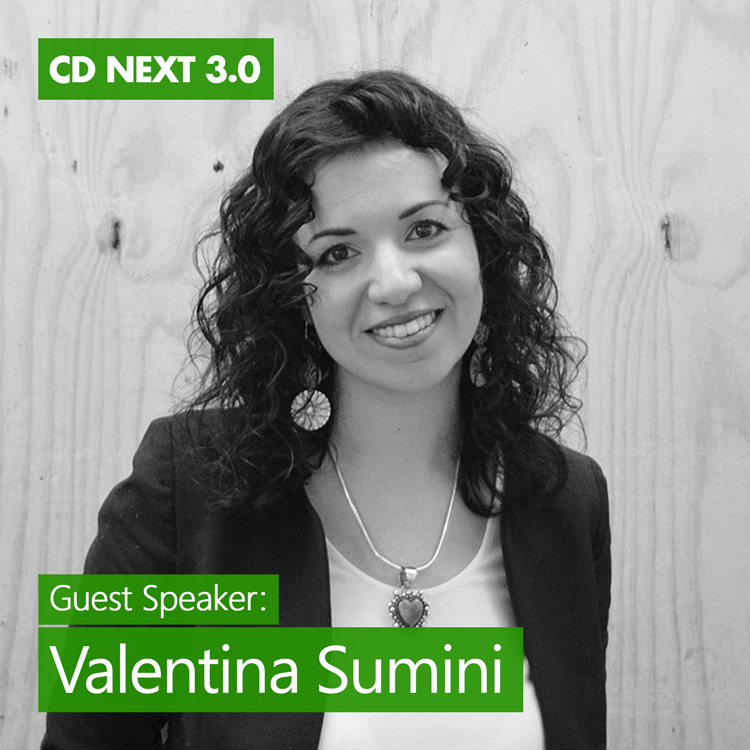
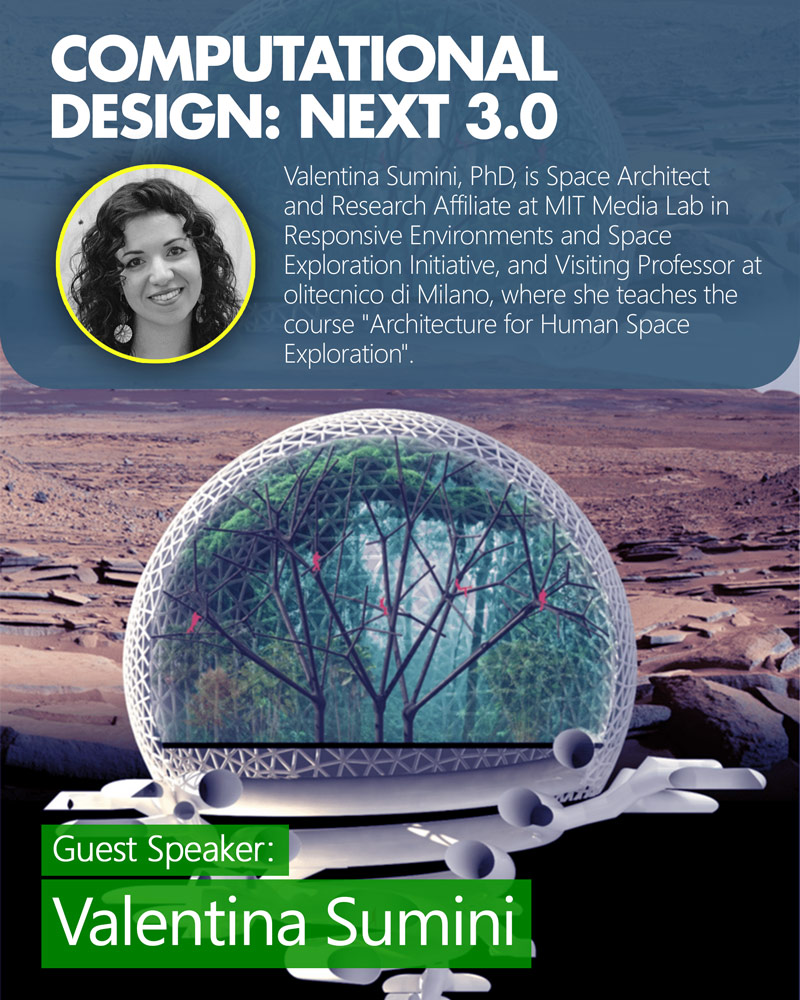
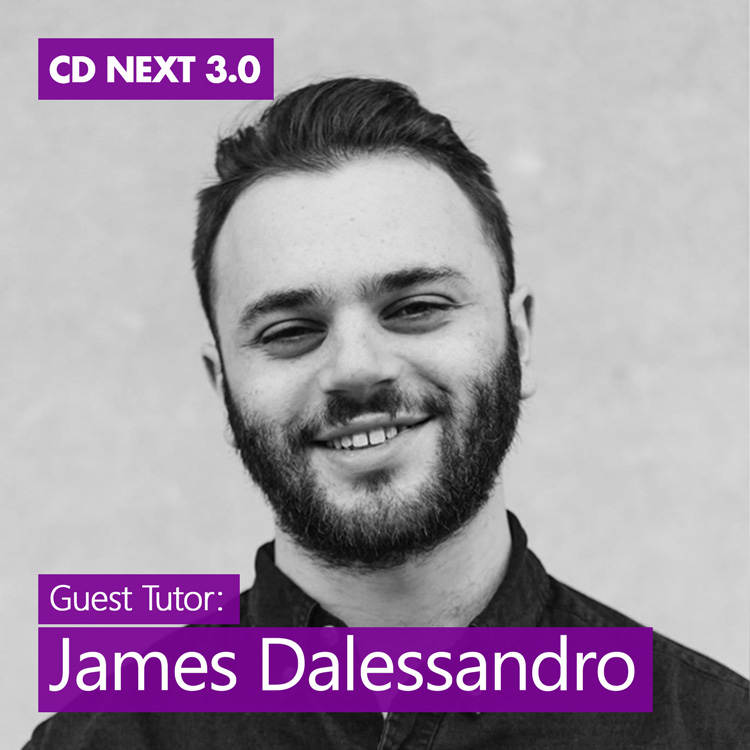
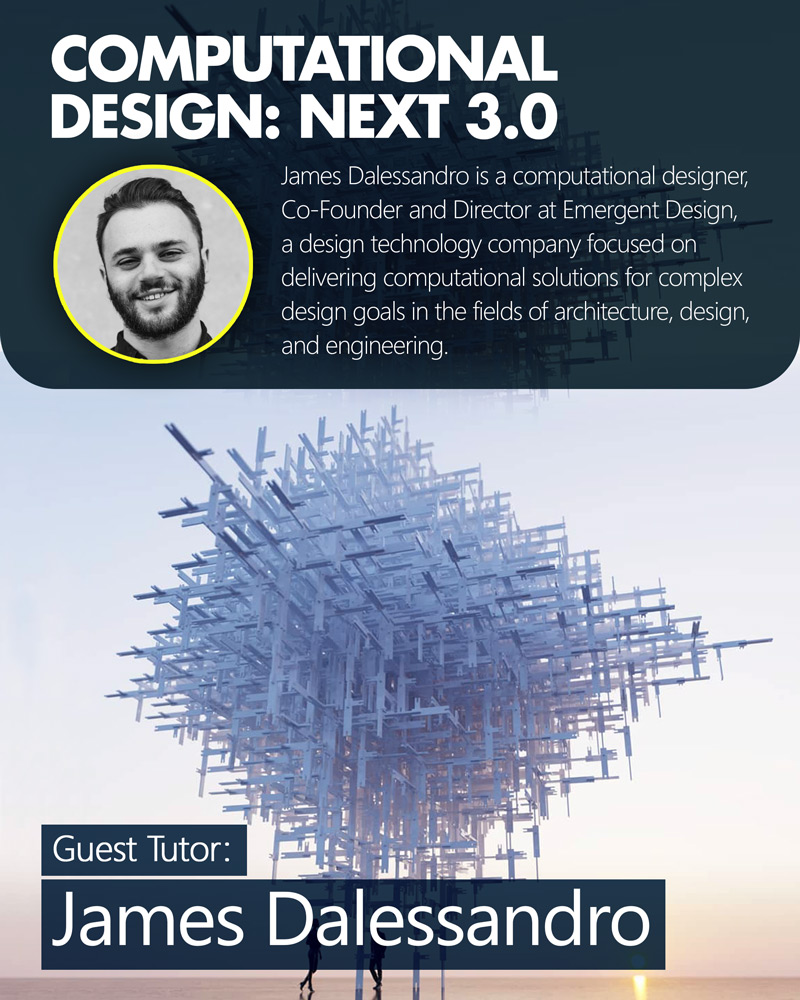
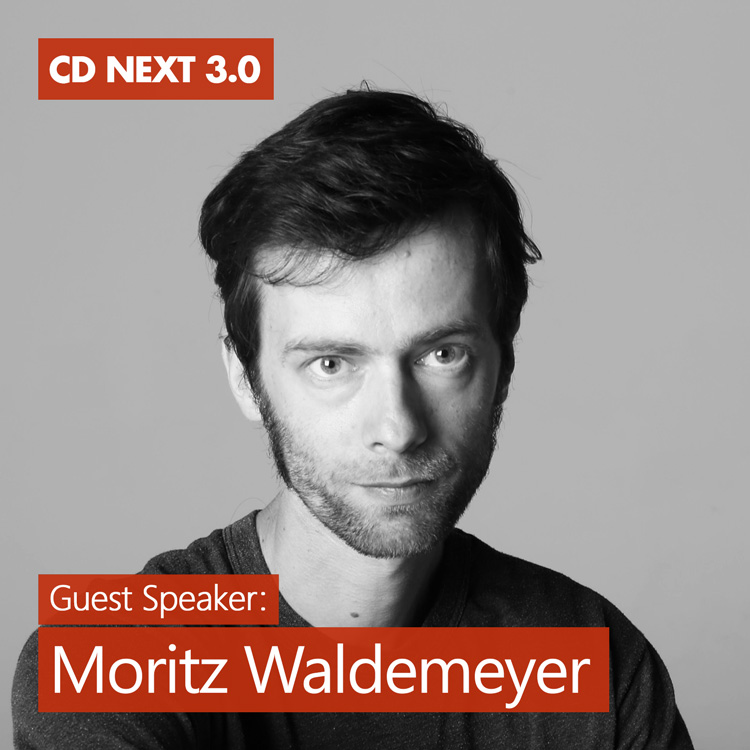

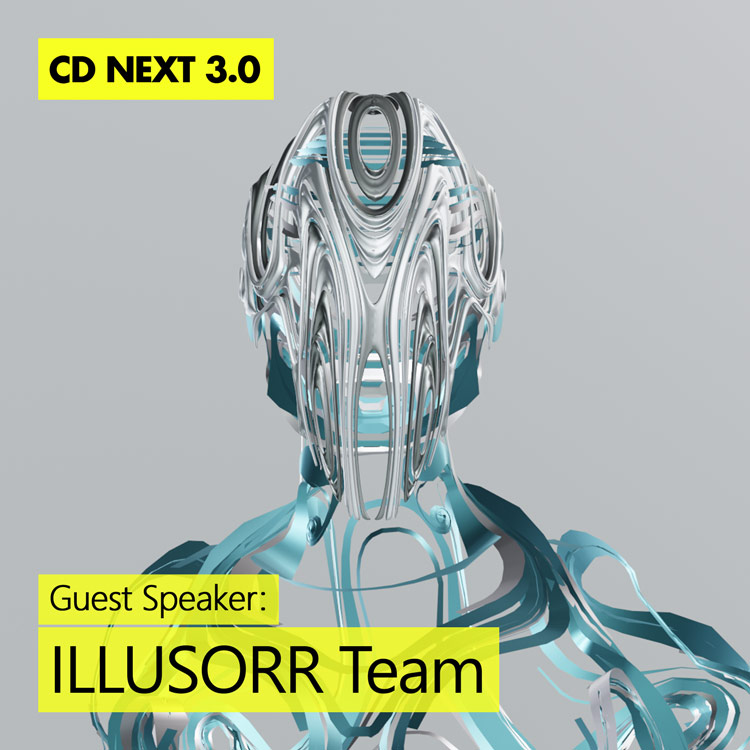
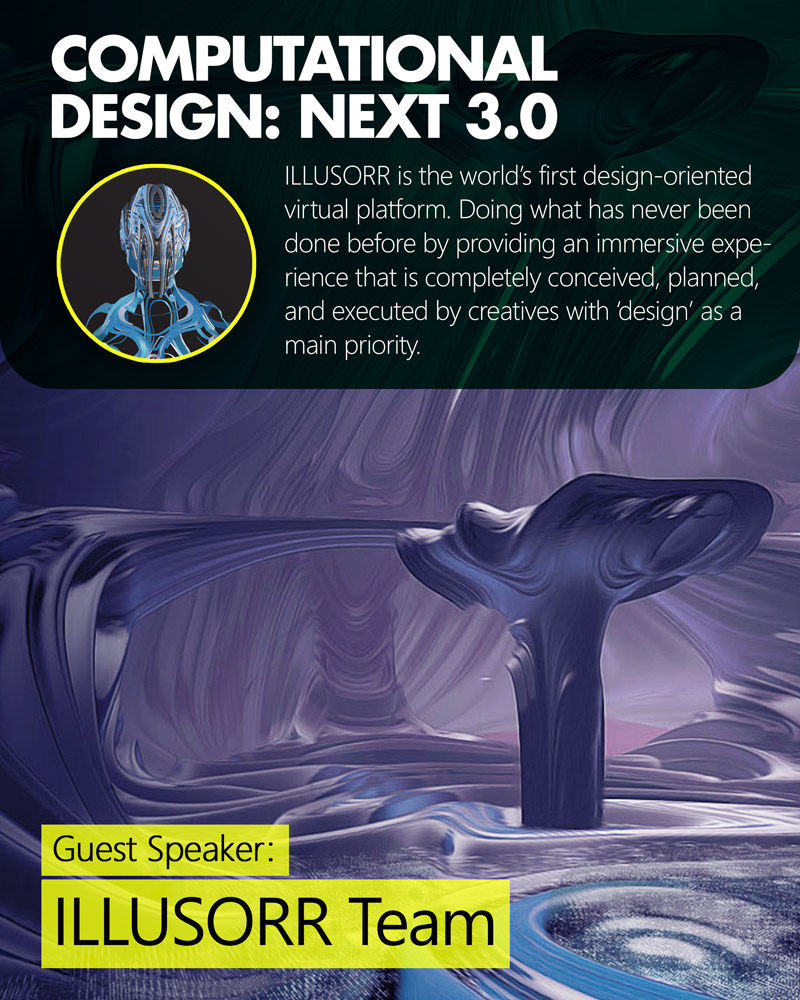






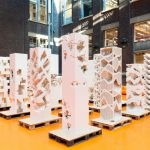

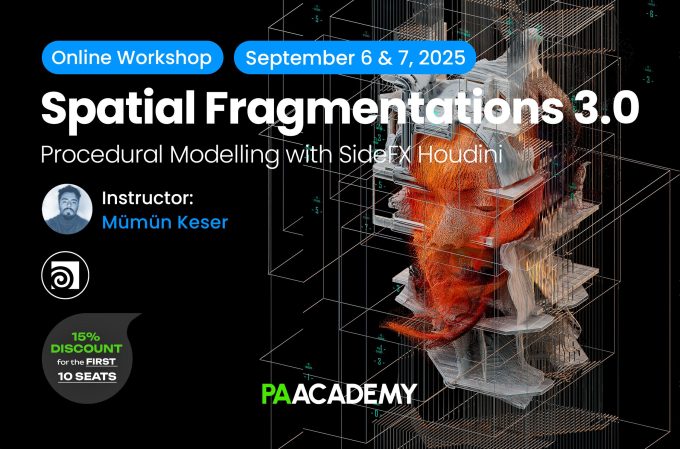







I wanna know is that formation for free ?
Very interesting ?
Unfortunately it is not free. You have to purchase a ticket.
Hi, do we have the option to purchase a ticket and watch later?
Absolutely. The entire conference will be recorded and you can watch it later whenever you want.
Is it also for people who does not use parametric software? From 0
Well this is the a conference where a lot of hot, forward thinking, and new topics will be presented by the global frontiers of computational design. There are also workshops that will start from zero. So if you have zero information about the field, this is a big opportunity for you.
Hi, is there a discount for university students?
For students all over the world, we have 20% discount to all the members of a group of 5 students. Less than five, it’s normall fee. In case you meet this criteria, please email us at [email protected] to receive a discount coupon.
Will any of the sessions be recorded and available to rewatch at a later date?
Absolutely. The entire conference will be recorded and the links will be shared with you on your email.
Is there a list of software/plugins that will be needed during the workshops? Thank you
Yes, Rhino, Grasshopper3d, Autodesk Maya, Enscape. We will email you guys soon.
Hi, I am trying to join the event, but the platform says that it has not started yet, are there some technical difficulties / delays ? or did I receive a faulty link ?????
can I still purchase the recording of this conference?
Yes of course. You can proceed with the registration and payment. After that you will be receiving the materials on your email.
Hi, I would like to know if links for the recording are made available, if they have I don’t have any email about it.
We sent it to your email now. Can you check please.
Iam looking to attend CDBXT 4 can we buy access to the CDNXT3 even through the event has ended?? thank you
Yes absolutely you can make the payment and you will receive the links of recordings for CD NEXT 3.0
We would love to see you at CD NEXT 4.0 conference.